The 5 biggest scientific breakthroughs of 2018
From cloned monkeys to the birth of a planet
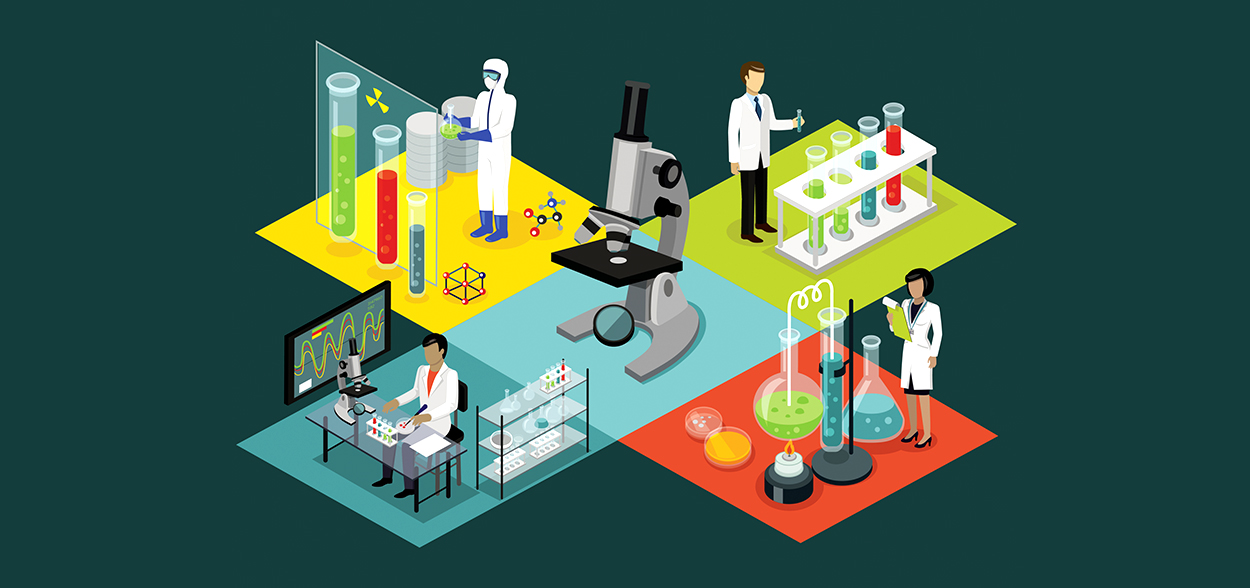
1. Cloning monkeys
More than 20 years after researchers cloned Dolly the sheep, scientists in China cloned two monkeys — the first time the technique had been used on primates. The researchers transferred DNA taken from fetal monkey cells into eggs that had had their own DNA removed, stimulated the eggs to develop into embryos, and implanted them in female surrogates. The process yielded female identical-twin long-tailed macaques. Producing large groups of genetically identical monkeys could revolutionize research on disease. But some experts fear the technique could be used for humans — concerns the Chinese researchers dismissed. "We're not going to do it," said Mu-ming Poo.
2. Was there life on Mars?
The Week
Escape your echo chamber. Get the facts behind the news, plus analysis from multiple perspectives.

Sign up for The Week's Free Newsletters
From our morning news briefing to a weekly Good News Newsletter, get the best of The Week delivered directly to your inbox.
From our morning news briefing to a weekly Good News Newsletter, get the best of The Week delivered directly to your inbox.
NASA scientists discovered the strongest evidence yet that microbial life might once have thrived on Mars. The new evidence comes from two sedimentary rock samples that the space agency's Curiosity rover drilled out of the bottom of Gale Crater, believed to have contained a shallow lake some 3.5 billion years ago, when the Red Planet was a warmer, wetter place. The samples contained several complex organic molecules — chemical compounds that contain carbon, the element essential to life on Earth.
3. Helping paraplegics walk
Three people paralyzed from the waist down are walking again after having electrodes implanted in their spines. Paralysis often occurs following a spinal injury because signals sent from the brain can no longer reach the nerves that activate muscles. Suspecting that the spinal cord could amplify those signals, researchers implanted tiny electrodes between patients' vertebrae, below the injury, and delivered a weak electrical current. The results were spectacular: After months of intensive physical therapy, one patient, Jered Chinnock, could walk the length of a football field with assistance. "It feels," he said, "like science fiction."
4. Treating muscular dystrophy
A free daily email with the biggest news stories of the day – and the best features from TheWeek.com
Scientists corrected the mutations behind a form of muscular dystrophy in dogs, raising hopes that the same can be done in humans. Duchenne muscular dystrophy is caused by a genetic mutation that prevents the body from producing dystrophin, a protein essential for strong muscle fibers. If the gene is mutated, muscles — including the heart and diaphragm — can waste away. But by using gene-editing technology on four dogs, scientists restored the protein to 92 percent of normal levels in the animals' hearts and up to 58 percent in their diaphragms. The study's authors estimate a 15 percent restoration would dramatically help people with Duchenne.
5. Witnessing the birth of a planet
Astronomers this year captured the first-ever image of a new planet being formed. That snapshot, taken by an observatory in Chile, shows a bright, yellowish blob — the young planet — emerging from the disk of gas and dust surrounding its host star, known as PDS 70, some 370 light-years from Earth. Newborn worlds are hard to spot, because a home star's light can overwhelm any light reflecting off the planet itself. So researchers used a shield to dim the star, allowing them to study the debris disk and spot PDS 70b. "While discovering how planet formation takes place around other stars," says study leader Miriam Keppler, "we learn as well about the history of our own solar system."
-
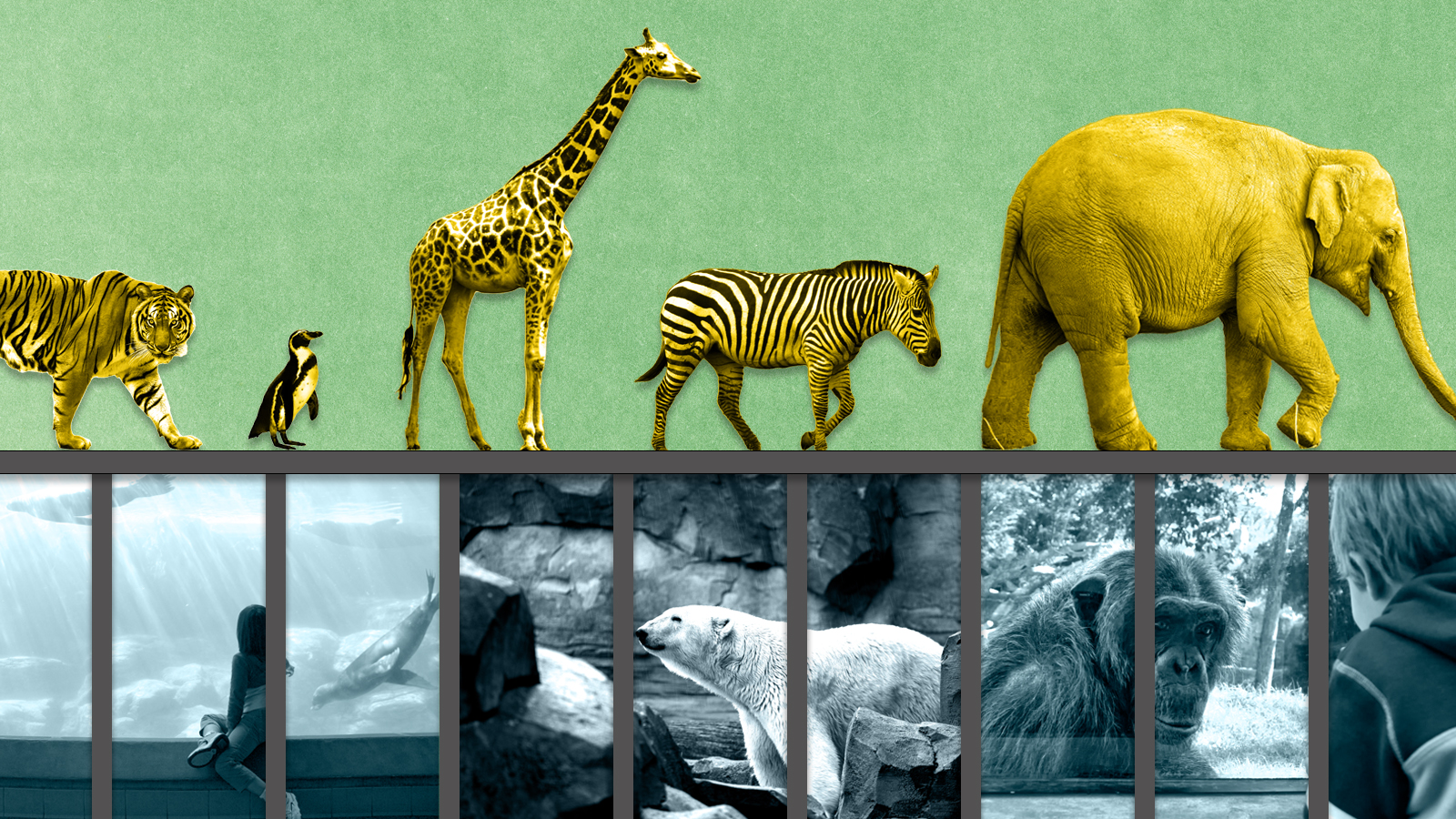 Are zoos ethical?
Are zoos ethical?The Explainer Examining the pros and cons of supporting these controversial institutions
-
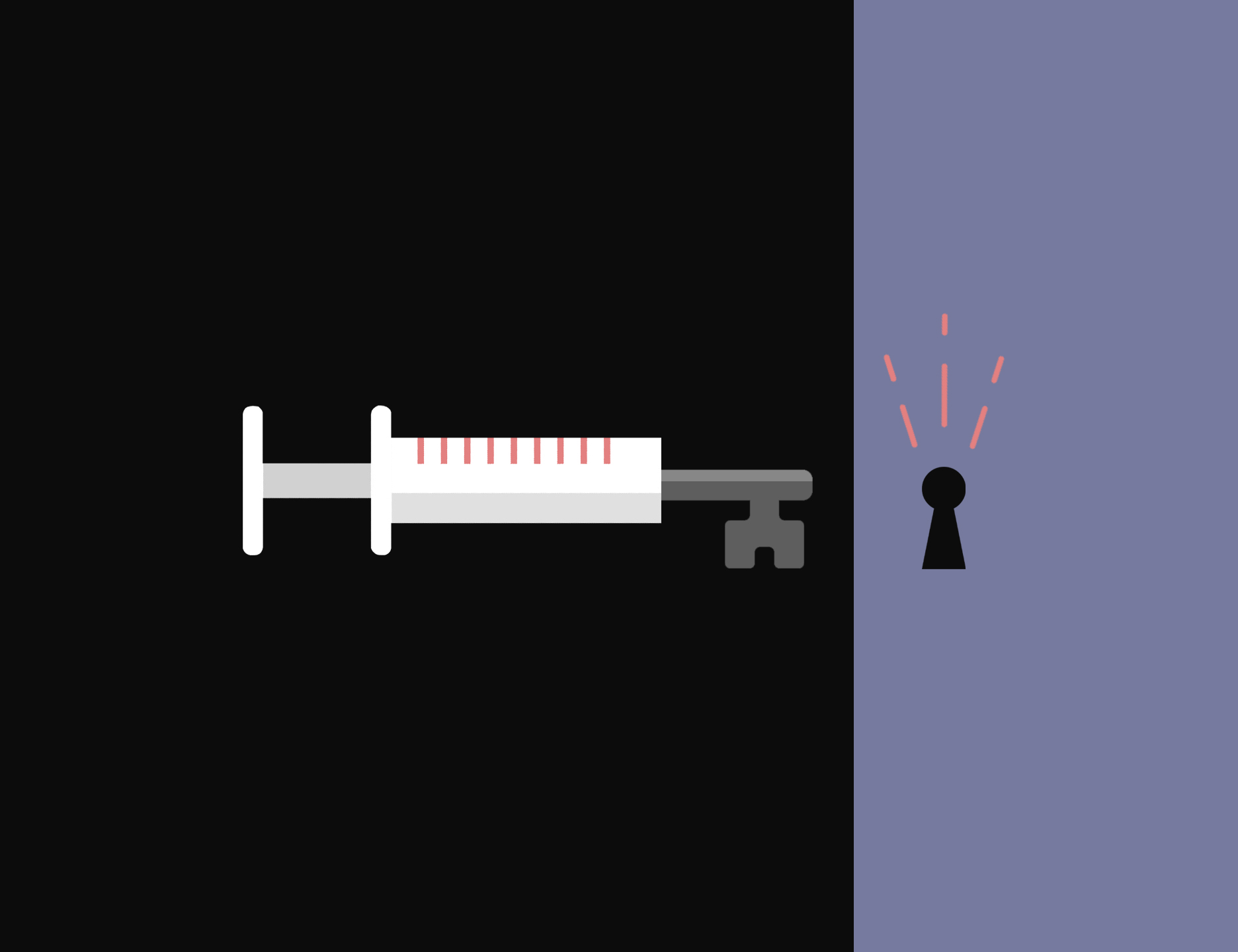 Will COVID-19 wind up saving lives?
Will COVID-19 wind up saving lives?The Explainer By spurring vaccine development, the pandemic is one crisis that hasn’t gone to waste
-
 Coronavirus vaccine guide: Everything you need to know so far
Coronavirus vaccine guide: Everything you need to know so farThe Explainer Effectiveness, doses, variants, and methods — explained
-
 The climate refugees are here. They're Americans.
The climate refugees are here. They're Americans.The Explainer Wildfires are forcing people from their homes in droves. Where will they go now?
-
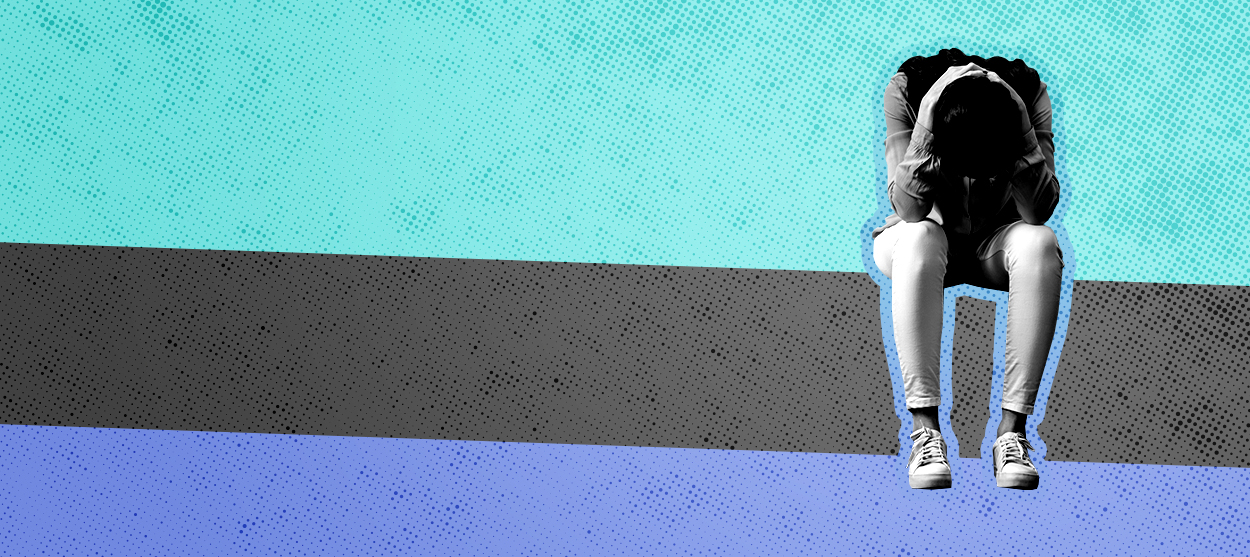 Coronavirus' looming psychological crisis
Coronavirus' looming psychological crisisThe Explainer On the coming epidemic of despair
-
 The growing crisis in cosmology
The growing crisis in cosmologyThe Explainer Unexplained discrepancies are appearing in measurements of how rapidly the universe is expanding
-
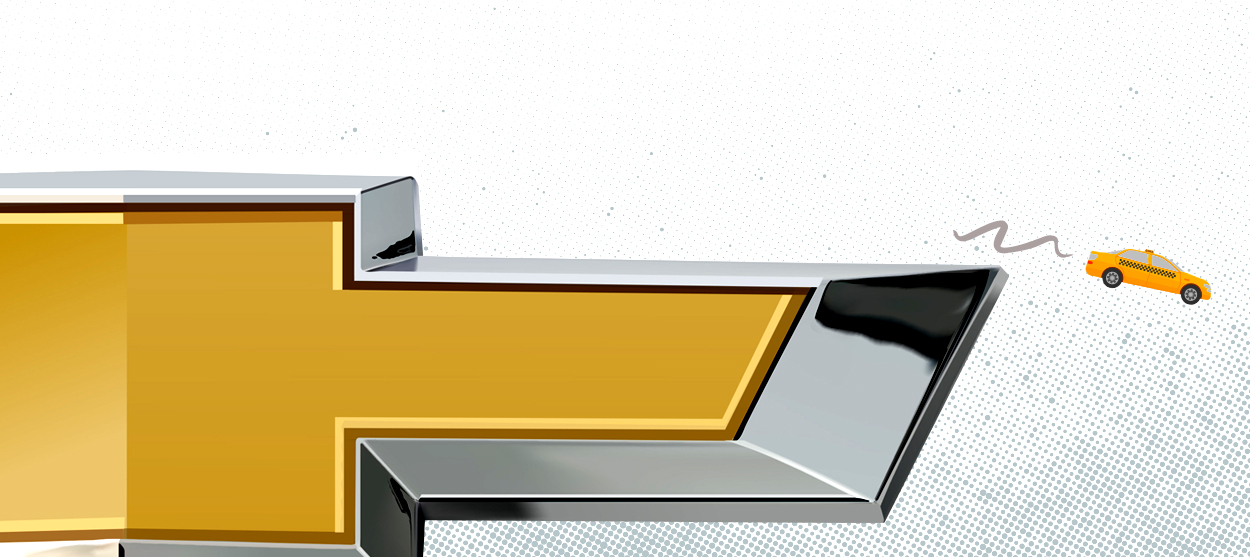 What if the car of the future isn't a car at all?
What if the car of the future isn't a car at all?The Explainer The many problems with GM's Cruise autonomous vehicle announcement
-
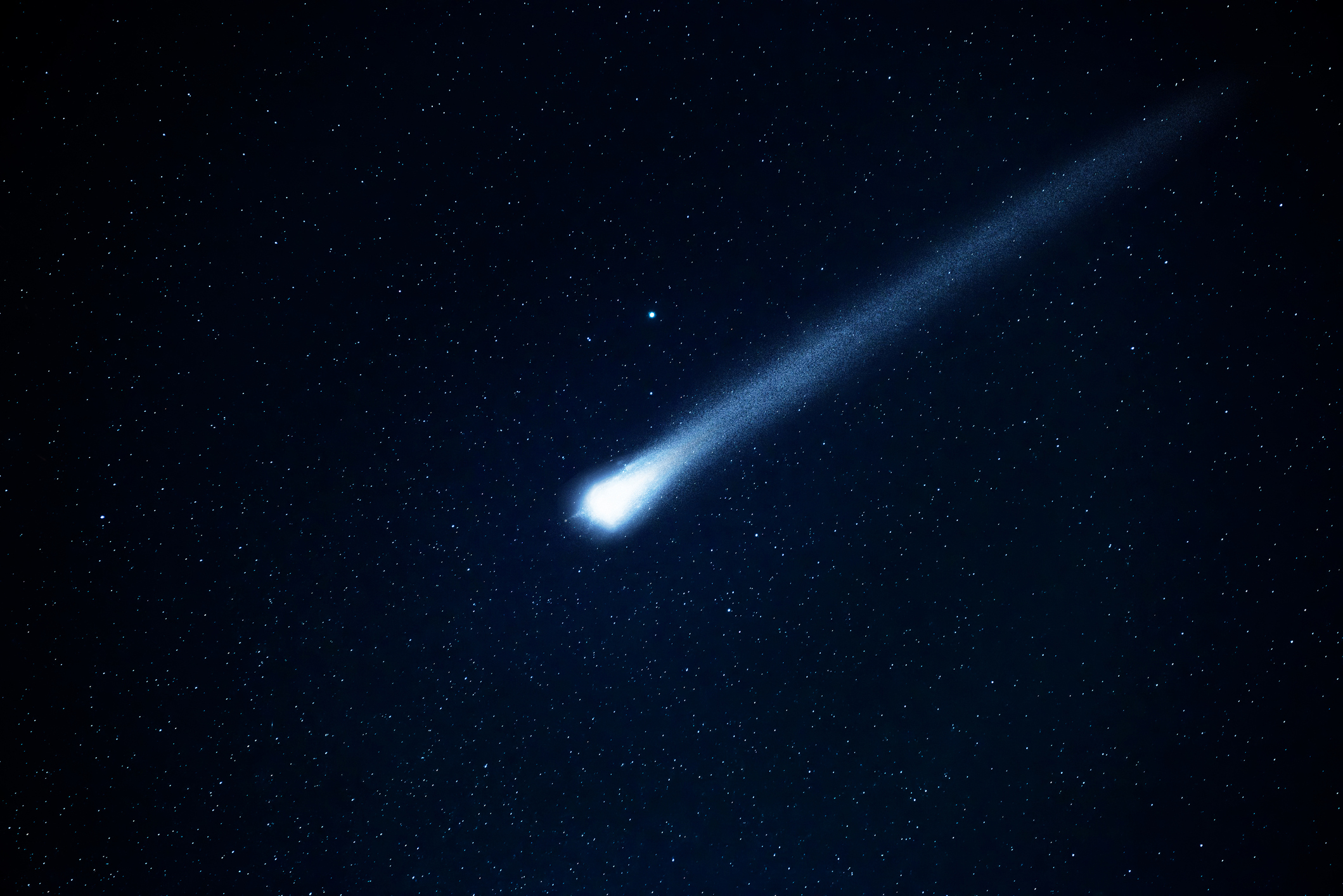 The threat of killer asteroids
The threat of killer asteroidsThe Explainer Everything you need to know about asteroids hitting Earth and wiping out humanity


